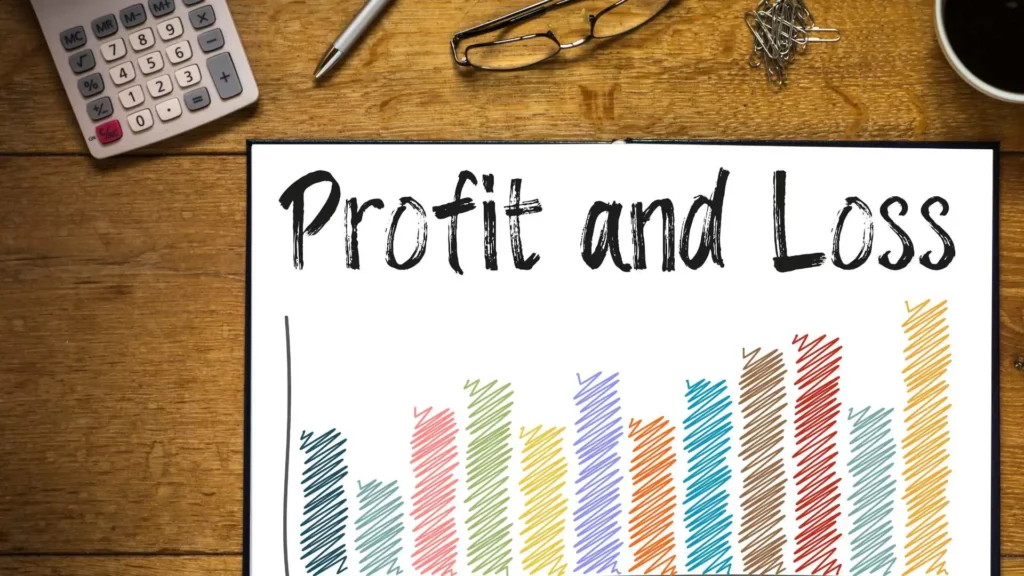In simple terms, a stock is an investment made in a company whose price may change in the stock market. Investors buy stocks from a company hoping that the stock would rise in value over time, and that’s why you need to know the basics. Hence, the stock can be sold for a profit. The stock market shows an annual return of 10% on average. Here’s the lowdown on all the basics you need to know about stocks.
A small slice
In a company, a stock is a small slice of the company called a share. The stocks are securities constituting an ownership share. If you buy stock in a company, you become a shareholder, because you will share the company’s profits. The company sells stocks to grow and invest — with the help of others — in their business. On the other hand, investors sell these stocks to earn profits. Meanwhile, the stock exchanges keep an eye on every individual stock’s movement, the needs, and the supply of the investors that plainly and directly have an effect on the stock’s price.
You may also like : What to know before you invest in ETFs
Buying stocks is simple
The stocks of public limited companies are sold in a stock market. Investors can buy and sell these stocks among themselves with the help of stockbrokers. You can purchase individual stocks on an online brokerage firm after opening a brokerage account, which is similar to a bank account. Brokerage firms charge commissions, and they often vary; keep clicking around until you find the best rates. Moreover, you might already be owning stock if you are covered by a 401(k) plan because nearly all employer-sponsored pension accounts invest within mutual funds that comprise a multitude of company stocks. Investors also earn from dividends. Dividends are regular payments made to shareholders by some companies once a quarter for investing in their business.
Common stocks
Common stocks usually pay dividends; however, it is not assured that all companies would pay, and the amount isn’t fixed either.
Preferred stocks
Most preferred stocks would pay their owners something called fixed dividends. Thus, owners can be assured that they would get a fixed income from the stock throughout the year. The owners also have other benefits: The remaining dividend is usually paid to preferred shareholders first. During difficult times, a company might be forced to declare bankruptcy. At that time, a company might liquidate assets, which are distributed to preferred-stock owners prior to common-stock owners.
Diversification is a necessity
Stocks show movement throughout the day. The investors who buy the stock, take the call after doing some research, whose results give them hope that the value of their stocks will rise in the future. Though all stock prices vary and swing the entire day, not all stocks rise; naturally, companies can lose value. In the worst case, the company can go out of business entirely. Consequently, investors would no longer have their stock or part of their shares as well. This is why diversifying your portfolio is a necessity — buying stock in many companies at the same time instead of one — would spread the money.
You may also like : Stocks v/s Bonds
Patience is the answer
However, generally, investing is a time-consuming process on the whole. Suppose you plan to invest in individual stocks, you must explore any and every stock you are planning to buy, including an extensive review of the company’s design and its financials. Some investors who don’t have the time for a closer look go for other options like equity mutual funds, index funds, or exchange-traded funds (ETFs) instead. These options let you invest in many stocks at once in a single transaction. Moreover, your portfolio would be diversified with less research, travel, and much-needed nuanced analysis.
people who wants to know about : Arbitrage
Buy-and-hold strategy
To be a good investor, in the long run, you should learn a popular investment strategy called the buy-and-hold strategy. It is a strategy that does not bother about short-term price movements and holds the investments even during the lows of the market. Therefore, investors look forward to gaining profits in the long run. Well-known investors like Warren Buffett and Jack Bogle endorse the buy-and-hold approach. It is an ideal method for investors seeking healthy long-term returns. With that, they would also build a diversified portfolio naturally. Although investing in stocks is riskier than other investments, stocks have what it takes for you to take home exponentially high returns.




















